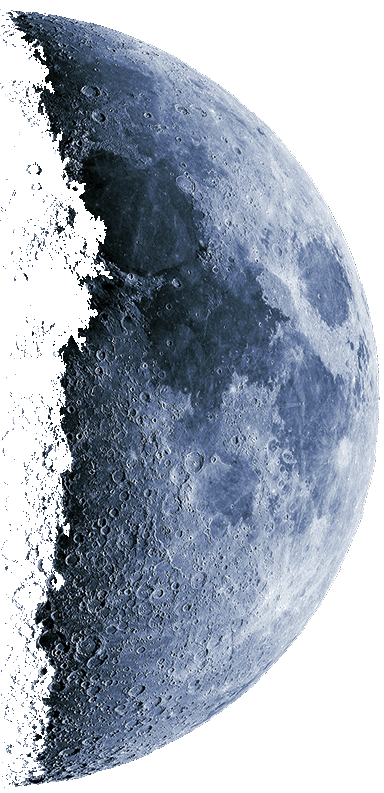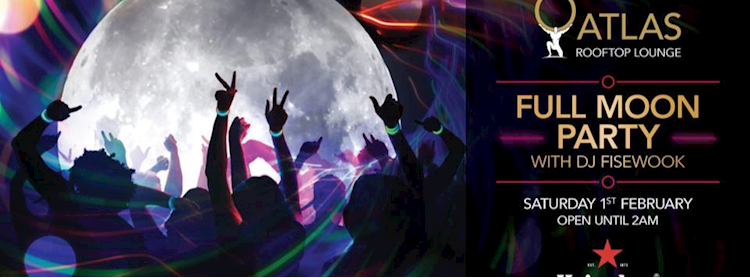
On the west side of the Moon is Oceanus Procellarum (Ocean of Storms), the largest "dark" feature on it's surface, reaching approximately 2,500 km (1,600 mi) from north to south, and covering 4,000,000 km 2 (1,500,000 sq mi)!īeyond the southern edge of it and to the south of Mare Nubium (Sea of Clouds) is the comparatively small Mare Humorum (Sea of Moisture - is there any other kind?). Mare Frigoris (Sea of Cold) extends across the northern section of the Moon it is sort of a long and thing mare that caps off the northern tier.

Using binoculars, each of these is clearly visible. There are other "water" features on the Moon, but it helps to get acquainted with the most prominent features first. On the map shown at right, the maria are listed in blue, indicating the major areas of interest. They are darker due to an iron-rich content, and have lower albedo - or proportion of reflected light. Though they did not contain water, they are lower areas on the Moon caused by large impacts which later filled with lava, long since cooled. The word comes from the Latin word for "seas," as ancient astronomers viewed these areas as basins perhaps containing water. Pronounced "MAR-ee-uh" (or "MAR-ay" for the singular mare) these are the darker sections visible on the Moons surface. Not so with our natural satellite! First, let's take a look at the major features of the Moon - the maria, highlands, and phases. The planets Mars and Mercury, for example, are not much larger than our Moon's 2160 miles (3500 km) average diameter, but orbit the Sun much further from us so studying them with a telescope is more difficult. The Moon is one of the easiest objects in the night sky to observe, because of both its distance and size. Set printer to "Highest Quality" in order to retain the maximum visibility of features.īONUS! Ever seen the Lunar X or Y features? About the Moon

#FULL MOON ATLAS FULL#
Or download the free 50 FEATURES color coded guide to the Full Moon here. Go directly to the complete Full Moon guide page. Not all announcements will be listed.A beginners guide to visible lunar features on the Moon. For current price and additional information contact the manufacturer or distributor. Sky & Telescope assumes no responsibility for the accuracy of vendors statements. The descriptions are based largely on information supplied by the manufacturers or distributors.
#FULL MOON ATLAS SOFTWARE#
's New Product Showcase is a reader service featuring innovative equipment and software of interest to amateur astronomers. Four full Moon maps are also included, as are sections on lunar basins, mare ridges, and the landing sites of the Apollo missions and robotic probes. The book also provides close-up highlights of major features with pertinent geological and historical information. Each full-page chart is accompanied by notes explaining which Lunar 100 targets are visible.
#FULL MOON ATLAS PLUS#
It divides the lunar nearside into 28 sections, plus it has an additional 8 charts that depict the limb regions visible from Earth during favorable librations. This spiral-bound atlas is based on global maps derived from Lunar Reconnaissance Orbiter images. Collins to produce The 21st Century Atlas of the Moon ($29.95).


Wood teamed up with amateur astronomer Maurice J. Lunar scientist and Sky & Telescope columnist Charles A.


 0 kommentar(er)
0 kommentar(er)
